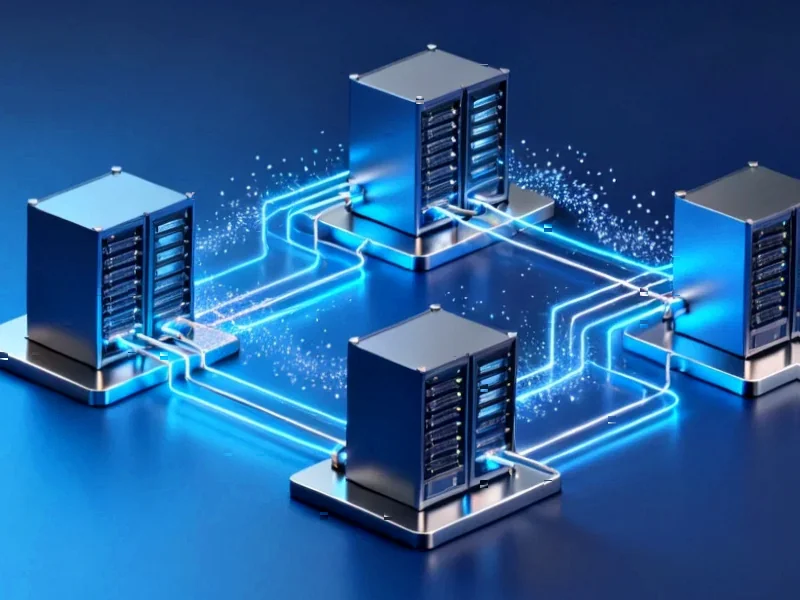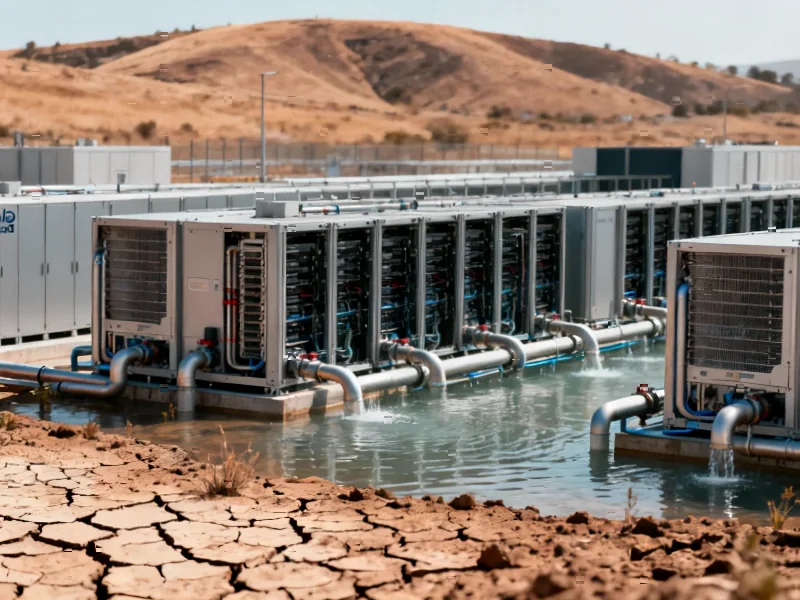According to Utility Dive, AMI 2.0 represents a significant technological evolution beyond traditional smart metering systems, offering capabilities that align with today’s increasingly digital and distributed grid. EnerNex, a grid technology consulting firm working with utilities across North America, notes that these next-generation systems feature higher sampling rates, closer to real-time communication, and enhanced data processing that convert raw data into actionable insights. The technology enables predictive maintenance, distributed energy resource integration, and customer engagement tools in ways that were difficult or impossible with AMI 1.0 systems. Utilities now face strategic decisions about whether to evolve gradually from existing AMI 1.0 infrastructure or leap directly to AMI 2.0, with regulators increasingly focused on ensuring deployments demonstrate clear customer benefits and cost efficiency. This technological shift signals a fundamental transformation in how we’ll manage energy systems in the coming decade.
From Meter Reading to Grid Intelligence
The most profound change with AMI 2.0 isn’t just better data collection—it’s the migration of computing intelligence to the grid edge. Traditional AMI 1.0 systems functioned primarily as remote meter readers with basic communication capabilities. AMI 2.0 transforms these devices into distributed computing platforms capable of local analytics, decision-making, and autonomous response. This architectural shift mirrors the broader technology industry’s move toward edge computing, where processing happens closer to data generation rather than in centralized data centers. The implications are substantial: these meters can now detect anomalies, optimize local energy flows, and coordinate with other grid assets without waiting for centralized commands, dramatically reducing latency and improving system resilience.
The Distributed Energy Resource Management Imperative
AMI 2.0’s emergence coincides with an unprecedented acceleration in distributed energy resource adoption that existing grid infrastructure was never designed to handle. The U.S. Department of Energy’s Solar Futures Study projects solar could provide up to 40% of the nation’s electricity by 2035, while electric vehicle adoption continues to outpace expectations. Traditional one-way power flows are giving way to complex, multi-directional energy exchanges that require sophisticated coordination. AMI 2.0 provides the granular visibility and control capabilities necessary to manage this complexity, enabling utilities to optimize DER dispatch, prevent grid congestion, and maintain stability without costly infrastructure upgrades. The technology essentially creates a digital layer that can manage physical grid constraints in real-time.
Regulatory Frameworks Playing Catch-Up
The regulatory landscape is struggling to keep pace with these technological advancements. Most current rate structures and utility business models were designed for the AMI 1.0 era, focusing primarily on operational efficiencies like reduced meter reading costs and outage management. AMI 2.0 enables entirely new value streams that existing regulatory frameworks often fail to recognize or properly incentivize. Regulators will need to develop new approaches that reward utilities for enabling customer choice, integrating third-party resources, and providing grid services that benefit all ratepayers. The success of AMI 2.0 deployments will depend heavily on regulatory innovation that aligns utility incentives with broader energy policy goals around decarbonization, reliability, and affordability.
The Expanding Cybersecurity Surface
As meters evolve from simple endpoints to intelligent grid-edge devices, they create both opportunities and vulnerabilities. Each AMI 2.0 meter represents a potential entry point for cyber threats, and the interconnected nature of these systems means a compromise could have cascading effects across the grid. The industry must develop robust security frameworks that address not just data privacy but also grid operational security. This requires thinking beyond traditional IT security approaches to include operational technology-specific protections, secure development practices for meter firmware, and comprehensive incident response plans. The NIST Cybersecurity Framework provides a foundation, but utilities will need to develop AMI-specific security protocols that address the unique risks of these advanced systems.
The Road to AMI 3.0: What Comes Next
Looking beyond AMI 2.0, we’re already seeing the contours of next-generation systems that will further blur the lines between metering, grid management, and energy market participation. Future iterations will likely incorporate artificial intelligence for predictive analytics, blockchain for peer-to-peer energy trading, and integration with smart home ecosystems for automated demand response. The ultimate evolution may see meters becoming true energy management hubs that optimize across multiple energy vectors—electricity, thermal, and transportation—while providing seamless interfaces between utilities, customers, and third-party service providers. The transition to AMI 2.0 represents a critical stepping stone toward this more integrated, intelligent, and responsive energy future.
The Deployment Reality: Technical and Organizational Hurdles
While the technological promise of AMI 2.0 is compelling, implementation faces significant challenges beyond the technology itself. Utilities must navigate complex organizational change management, retrain workforces for new operational paradigms, and integrate these systems with legacy grid management platforms. The sheer scale of the U.S. grid—with over 145 million customers—means deployments must be carefully phased to manage costs and minimize disruption. Success will require close collaboration between technology vendors, utilities, regulators, and customers to ensure these systems deliver their promised benefits while maintaining the reliability that modern society depends on.




